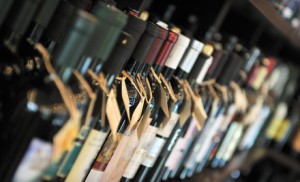
Have you ‘shopped til you’ve dropped’, run the supermarket gauntlet and wrestled the Christmas Tree into submission before spending what seems an eternity getting the lights, star/angel and baubles as balanced as you possibly can? Perhaps now the turkey/goose/beef is chilling; potatoes are waiting for their short, back and sides before styling; sprouts are readying themselves for their eye watering crossing; and trillions of chipolatas are calmly awaiting their deeper sun tan!!
So why not take a bit of time out, pour yourself a well earned glass of your favourite tipple and have a read of our hints and tips on how to store and pour all your Christmas wines!
give a little thought to your wine today!”
With so much to think about and do in the run up to Christmas, often wines aren’t thought about or prepared as much as they should, yet they are just as important. Before opening a bottle, never forget that a truly massive amount of work has been undertaken to produce the wine you buy. Grape growers have had their climatic and viticultural experience and knowledge tested in the vineyard, sometimes to the enth degree, whilst they tend and nurture the vines, particularly during the all important growing season. Their aim is to create perfectly developed and balanced grapes that have built up good complexity nice and slowly – sounds easy, but it’s not. Once harvested, the stresses and strains are taken over by the winery as they then need to use all their skill, wit and nous to retain the grapes quality and potential using a variety of different methods and techniques to produce delicious wines, which may undergo expensive maturation/ageing processes too. Don’t underestimate how challenging that can be! So after all this hard work, don’t ruin your wines.
Storage
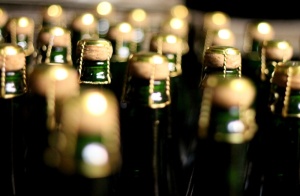
Firstly when you buy your wine, store it correctly. Sounds simple enough, but how? Some kitchens have the nice little wine rack features, but the kitchen is the worst room in the house to store wines as the temperatures fluctuate, often dramatically, with cooking etc. Attics are okay in winter but a complete ‘no no’ in summer as heat rises. Ideally cellars are the best, but obviously not everyone has one. So where should you keep them?
ideal storage conditions are constant, cool and dark with wines on their side”
The ideal conditions are in an area that is steadily cool throughout the year and away from strong light e.g. garages are typically pretty good – keep them on the floor though so they draw the coolness from the concrete floor and don’t stack too high – again think rising heat in the summer. Also, if the wine’s closure is a cork, it’s vital to lay them on their side so the wine keeps the cork wet and the seal intact. Think ‘constant cool and dark’ conditions.
Christmas Wine Selection
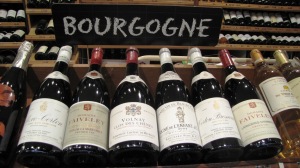
Goose was traditional in the UK until 16th century when the Spaniards imported turkey from the USA. Henry VIII was the first English King to enjoy turkey and Edward VII made it much more fashionable at Christmas. Turkey was seen as a luxury food up to the 1950s and is still very popular as around 10ML turkeys are sold each year!
Turkey is quite medium weight, not very powerfully flavoured and low in fat, hence the need for continual basting! All the trimmings on the plate increase the weight and complexity though so you should consider more full bodied white wines e.g. white Burgundy or more medium bodied reds keeping the tannins lower e.g. perhaps Chateauneuf-du-Pape, Rioja etc.
Some other suggestions and food matches: –
- Champers is always welcome at any time and perfect on its own but it also goes great with prawns, shell fish, smoked salmon and hors d’oeuvres.
- Gavi is great with fish, white meat, anti-pasti and particularly good with citrusy sauces
- Sauvignon Blanc loves being aligned with prawns, oysters, crab, grilled fish, feta cheese, olives and avocado
- Pinot Noir works brilliantly with goose or duck
- Chateauneuf-du-Pape is great with game, casseroles, roasts and cheese
- Sherry, particularly the rich and complex Palo Cortados, are delicious with cured meates or hard and nutty cheeses, soft blue cheese and nuts
- Sauternes adores being enjoyed with foie grois or Roquefort cheese
- Tawny Ports and Madeiras are a marriage made in heaven with Christmas pudding!
- Mulled wine’s classic combo is mince pies. For a fabulous mulled wine recipe, click here.
Serving
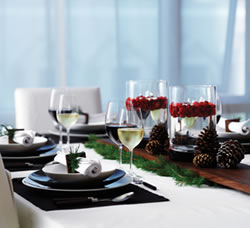
Once you’ve decided which wines you’re having, again don’t ruin the wine by masking its true aromas and flavours. Preferably decant all red wines. Decanting removes the sediment of older more mature wines, but it also helps aerate young wines too. Taking a cork out, even for an hour or two before serving, is pretty ineffective.
Serving a wine at the wrong temperature, or even in the wrong glass, can make a wine seem ‘simpler’ than it actually may be. Temperatures are key so that you enhance the wine, not hide its light under a bushel: –
- Still Red wines
- Light bodied e.g. Valpolicella, Beaujolais, some lighter style Pinot Noirs etc
- Serve lightly chilled e.g. around 13°
- Medium to full bodied e.g. Shiraz, Bordeaux’s, Chateauneuf-du-Pape, Cabernet Sauvignon, Malbec etc
- Serve at room temperature e.g. around 15-18°
- Light bodied e.g. Valpolicella, Beaujolais, some lighter style Pinot Noirs etc
- Still White Wines
- Light bodied e.g. Pinot Grigio
- Serve chilled e.g. around 7-10°
- Medium to full bodied
- Serve only lightly chilled e.g. around 10-13° e.g. Viognier, oaked Chardonnay etc
- whilst some like all their white wine more chilled than this, it’s good to know that if you do chill these styles of wines to a lower level, it can impede the flavours and aromas, and quite significantly too
- Serve only lightly chilled e.g. around 10-13° e.g. Viognier, oaked Chardonnay etc
- Light bodied e.g. Pinot Grigio
- Sparkling Wines
- e.g. Champagne, Cava, Prosecco etc
- Serve well chilled e.g. around 6-10°
- for your own safety, it’s critical to properly chill down your sparkling wine as it helps stabilise it. Be warned uncontrolled corks can exceed 35 miles an hour so stand back!!! Keep your palm over the metal cage when you loosen it but NEVER take the cage off.
- Serve well chilled e.g. around 6-10°
- e.g. Champagne, Cava, Prosecco etc
- Sweet Wines
- e.g. Sauternes, Tokay, Trockenbeerenauslese etc
- Serve well chilled e.g. around 6-8°
- e.g. Sauternes, Tokay, Trockenbeerenauslese etc
There is a reason for different glassware so where you can, always select and serve your wines in the right type/shape. Click here for our blog on ‘Why there are different shaped glasses.’
Now you’re serving the wine at the right temperature and in the right glass, don’t blow it by overfilling the glass! This can also have a negative impact on a good wine – as a guider for tulip shaped glasses (excluding Champagne flutes) only fill them to where the glass starts to curve back round.
Well that’s it. No doubt you’ve still got some wrapping up to do and that can often create and pose even more challenges with all the varying shapes and sizes!! Another glass of your favourite tipple may just be in order!!!
Enjoy and remember don’t just store and pour it!
Wine School of Excellence wishes you a very happy and peaceful Christmas.

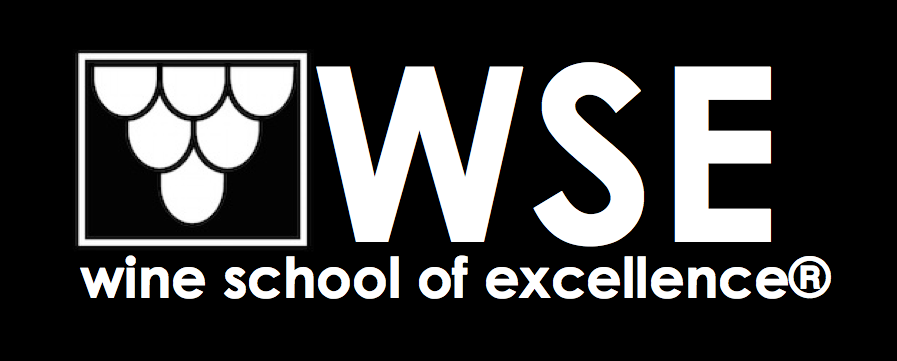
Was recently gifted an awesome port